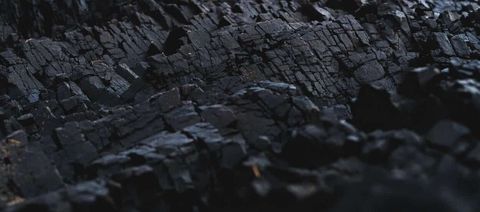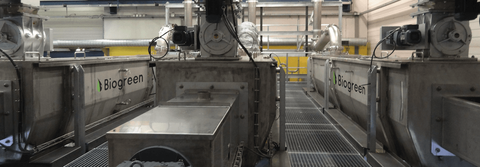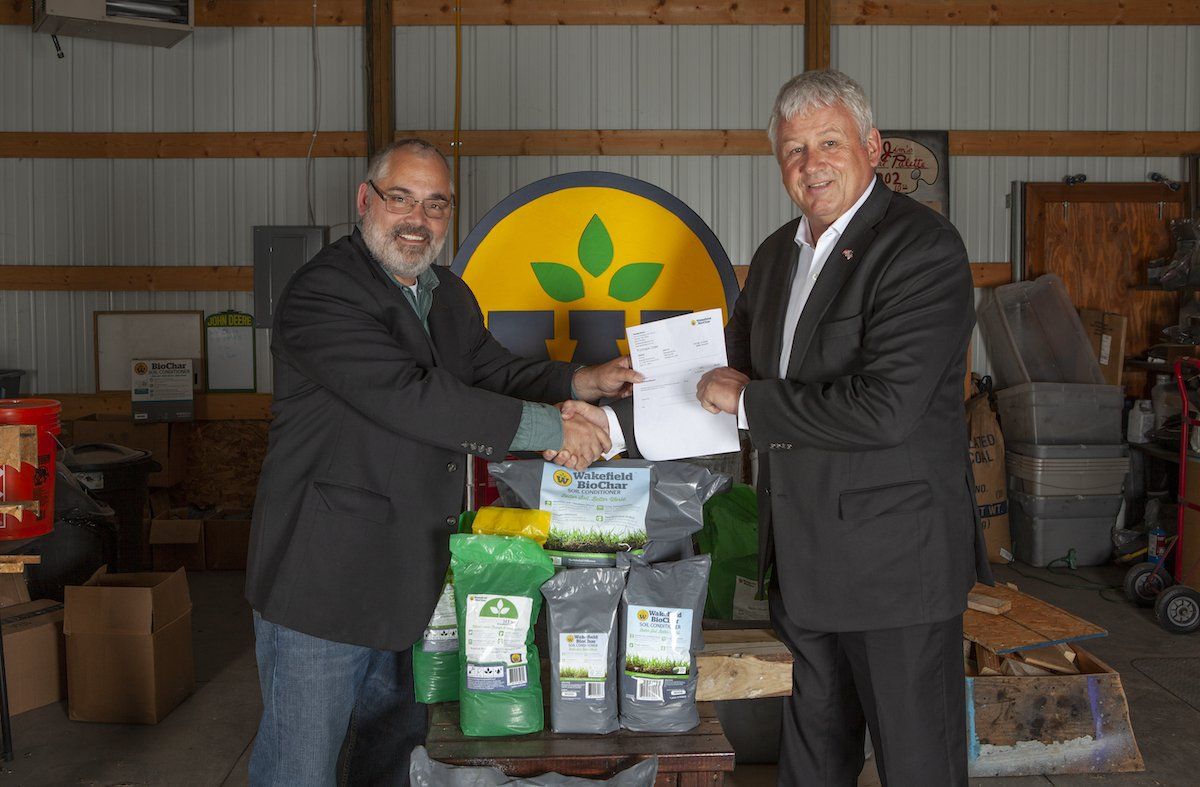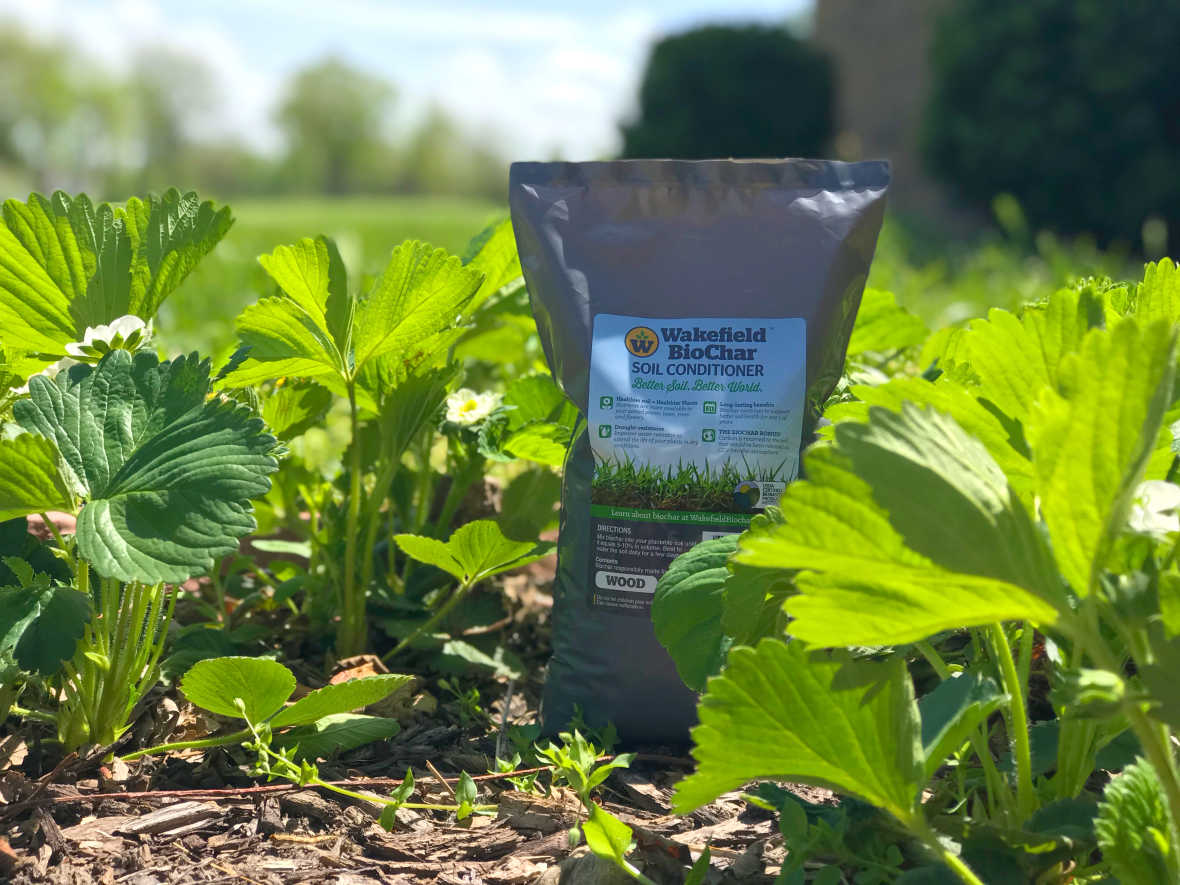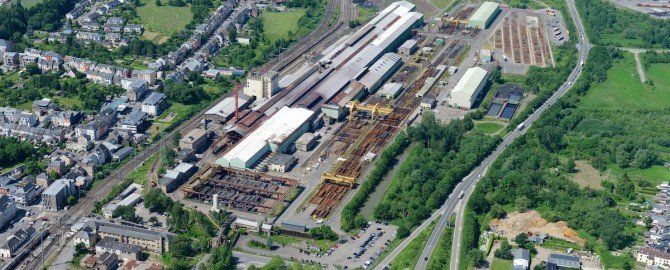Biocoal – new tool for energy transition
Is there a future beyond coal?
In the fast-developing world, coal is the largest contributor to the human-made increase of CO2 in the atmosphere. Its environmental impact spreads far across many areas, from air pollution, water, and waste management, up to the increased land uses.
In the face of greenhouse gas emissions, industries are seeking a new way to manage their environmental impact and reduce the carbon footprint of production. In this article, we are focusing on the biocoal as an emerging trend to replace the fossil coals in the industry, and specifically in the metallurgic industry.
Aim: CO2 neutral biocoal
Bio coal is a carbon-neutral fuel that can replace fossil coal in industrial processes. It is produced within the process of Biogreen pyrolysis and carbonization of raw biomass performed within controlled temperature and residence time conditions.
Thermal conversion of biomass, which is done under the oxygen-free conditions process, allows to remove volatile organic compounds and cellulose components from the feedstock and create a uniform, solid biofuel with characteristics similar to the ones in fossil coal.
Such fuels are gaining increasing attention in the carbon-intensive industries and the launch of new Biogreen production facilities dedicated to biocoal production is heralding a new approach towards the using of fossil-free solid fuels.
In contrary to the raw biomass, the character of the biocoal is significantly different from the typical standard wood pellets or briquets. It features higher energy density, high carbon content, hydrophobic properties and significant resistance to biological degradation. Thanks to that, biocoal can offer a sustainable and fossil-free alternative for industries such as metallurgy, where using raw biomass as a reducing agent in blast furnace would normally not be possible because of the biomass high moisture content, low fixed carbon and high contents of volatile matter and oxygen.
Biocoal as a tool for energy transition: metallurgy industry example
According to the IEA (2017), energy-related emissions from the iron and steel industry currently amount to circa 2.3Gt CO2, accounting for 7% of total global emissions from the energy system. At the same time, global steel production is forecasted to grow by 30% until 2050 and intensively searching for measures to minimize its carbon footprint.
Today, about 95% of the ore-based steel is produced in blast furnaces, which are using coking coal as both the reduction agent and the source of heat energy. In the blast furnace, the iron oxide is reduced to metallic iron by fossil carbon resources (coke, coal, etc.). The reducing conditions in the furnace are created by top charged (coke) and tuyere-injected (pulverized coal) reducing agents. Such furnaces produce emissions of about 2.3 tonnes of CO2 per tone of steel produced. Taking this carbon intensity, a significant reduction of the CO2 footprint of steel production is needed in order to meet the worldwide climate objectives.
Designing the biocoal
Different types of biocoals are needed for different metal production processes. The starting point for the design is, therefore, to know exactly what industry needs for their process. In the blast furnace, charging of self-reducing composites made of iron ore and biocoal can partially replace fossil carbon.
According to the research, this approach has the potential to lower the thermal reserve zone temperature of the blast furnace thanks to the direct reduction of iron oxide in the agglomerates.
The indirect reduction of FeO with CO at lower temperature shifts towards the formation of more metallic iron at a specific partial pressure of CO. This also results in higher gas efficiency of the blast furnace and reduction of the CO2 emission. However, to achieve the maximum positive effect, the volatile matter present in biocoal should contribute to the reduction and not be released and lost with the blast furnace top gas. Because of these and other factors, a tailored made approach towards the biocoal parameters is important to introduce to the market a stable, quality product that achieves desired performance in the blast furnace.
Getting started - feedstock characteristics
The biocoal designing process starts with the choice of the right feedstock for the process. During this stage, a key characteristic of the feedstock for biocoal production are investigated, such as:
- Carbon content, which represents the amount carbon available that will be eventually transferred to the biocoal (fixed carbon) or released into syngas.
- Volatile matter, which represents the part of biomass that will be released during the pyrolysis and carbonisation process.
- Fixed carbon, demonstrating the carbon that will be directly represented in the biocoal produced.
- Ash content, which describes the mineral residue that is expected to be found in solid product. Higher ash contents in raw material (feedstock) will result in the increase of the ash content of biocoal and optimum ash content in feedstock is needed to control the burning process of the biocoal.
- Calorific value, that will determine the amount of energy released during the biocoal production and determine the full plant configuration and target business model, often allowing to benefit thanks to the additional heat and power production.
- Moisture content – higher contents may increase the production cost due to more energy demand to evaporate the water content in the process of biomass conversion. Regulating the moisture content is therefore key for the optimum production. Since the moisture content will impact the efficiency and costs of the operation, it is important to maintain relatively low moisture contents at the inlet to the Biogreen biocoal production kiln. Optimum moisture content for the production varies from 5% to 15%. The energy released during the Biogreen operation in form of syngas can be an excellent source of the heat for drying and normalizing the moisture before the biocoal production process.
- Bulk density, where higher bulk densities will promote increase of the Biogreen system throughput and can result in better durability of the final products, as well as decrease the cost related to the further transportation.
- Particle size, where smaller particle sizes will likely improve the homogeneity of the product. Since the particle size of the feedstock will impact the quality of the final product and its homogeneity, it is recommended to maintain the particle size of the biomass within the range below 10 mm.
Mastering the production
Good quality biocoal production is related to both, adequate feedstock characteristics as well as the precise operating temperature control.
As a leader in the pyrolysis process, we provide a system that allows continuous, repeatable production of solid fuels. Biogreen is designed based on the electrically heated screw conveyor, which offers one of its kind fossil-free biocoal production process, where the operating parameters such as temperature and residence time are precisely monitored.
Thanks to these features, you can target specific biocoal parameters and adjust the end product according to your target market demand, while keeping the stable production output over time.
More than just the biocoal
We realize that establishing an attractive business model often requires diversification of income streams from the plant.
This is why our Biogreen system is not only fully customized but also provides a possibility of using the additional energy stream from production (syngas) in order to convert it into power.
Thanks to this opportunity, the biocoal production plant can be simultaneously used to generate hot water or steam for the local production process, or produce heat to economize the biomass drying.
Depending on the target market need, we also offer models of Biogreen allowing to produce biomass oils and wood vinegar that can add up to the overall revenue generated by the equipment.
Are you looking for equipment to produce biocoal? Do not hesitate to contact us.
News
Biogreen is a thermochemical conversion process for converting biomass, waste and residues into high added value products.
Biogreen is a part of
Vow - vowasa.com
ETIA SAS
Carrefour Jean Monnet
BP 20101 60201, Compiègne
FRANCE
+33 3 44 86 44 20
NEWS
APPLICATIONS
© Copyright - ETIA SAS - a part of
Vow




